How Broken Links Impact SEO and What You Can Do To Fix Them
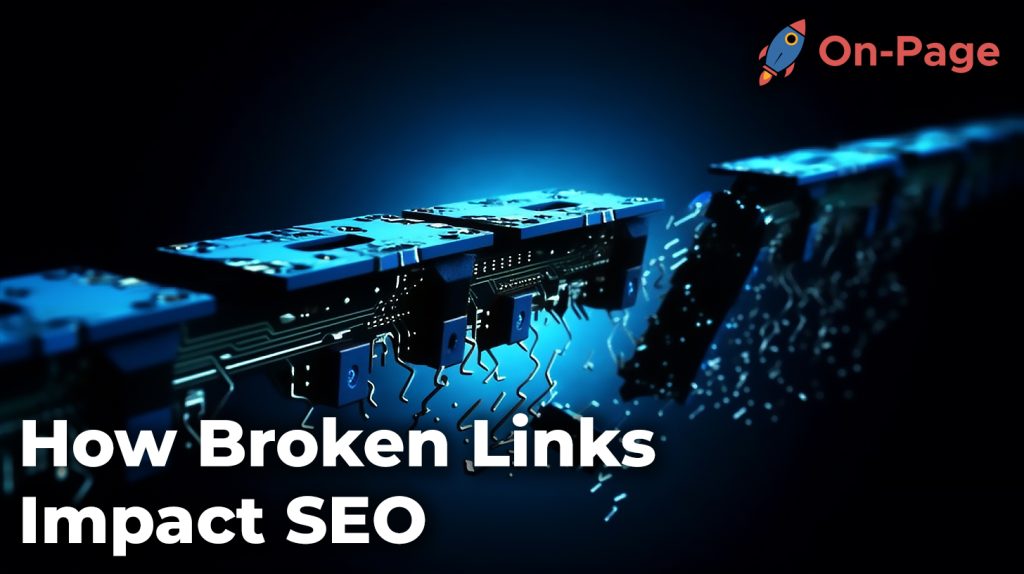
Picture this: You’ve spent hours researching and crafting the perfect blog post with valuable information, eye-catching visuals, and solid SEO strategies. You’re confident that this post will surge in search engine rankings, driving traffic to your website like never before. Eagerly, you hit the “publish” button and eagerly await the results. Days later, your analytics reveal that your bounce rates are skyrocketing, traffic is stagnant, and your masterpiece is buried beneath the pile of search results. “What went wrong?” you ponder. The culprit could be lurking within your content – broken links sabotaging your SEO efforts! Join us as we delve into the dark side of broken links, learn how they wreak havoc on SEO performance, and discover effective solutions to mend these invisible cracks in your digital foundation.
Broken links can have a negative impact on SEO in multiple ways. Firstly, they can harm user experience by leading to dead ends on websites and affecting factors such as bounce rates and time on site. Secondly, broken links signal outdated, irrelevant, or low-quality content to search engines, which could result in a drop in rankings. It is important to monitor and fix broken links regularly to maintain a strong online presence and ensure that your website visitors have a positive experience.
The Impact of Broken Links on SEO
Broken links may seem like a small issue, but the truth is that they can have a significant impact on your website’s SEO. When search engine crawlers come across broken links, they see them as a negative signal about the quality and relevance of your site, which can ultimately result in lower rankings. There are two main ways that broken links affect SEO: user experience and outdated content.
Let’s say you visited a website looking for information on a specific topic. You click on a link within the article, only to be met with an error message telling you the page doesn’t exist. Frustrated, you click back to the original page and try another link, but it’s also broken. At this point, you’re likely to leave the website entirely and look for information elsewhere. This is exactly what happens when users encounter broken links on your site – they become frustrated and leave, resulting in higher bounce rates.
In addition to negatively impacting user experience and increasing bounce rates, broken links also affect SEO rankings by signaling outdated content. Search engines prioritize fresh, up-to-date content in their results pages, as users often prefer current information over outdated material. Broken links send a signal to search engines that your website is not being properly maintained or updated regularly, which can harm your ranking potential.
Some may argue that broken links don’t have much of an impact on SEO, especially if they’re rare occurrences. While it’s true that an occasional broken link may not make or break your rankings, it’s important to remember that every signal counts when it comes to SEO. Plus, multiple broken links can quickly add up and create a negative impression of your site’s quality.
Think of it like this: imagine you’re shopping for clothes at a department store. One item has a missing button, the next has a small tear, and yet another has a noticeable stain. While each flaw on its own may not make you rule out buying the item, a collection of them makes you question the quality of the store’s products as a whole. The same goes for your website – one or two broken links may not be detrimental, but too many will damage your site’s perceived quality.
Now that we’ve established why broken links can harm your SEO, let’s take a closer look at how they impact user experience and bounce rates.
- Broken links can significantly affect your website’s SEO by negatively impacting user experience and signaling outdated content. They increase bounce rates and harm your ranking potential. While an occasional broken link may not be detrimental, multiple instances can quickly create a negative impression of your site’s quality. Every signal counts when it comes to SEO, so it’s important to ensure that your website is free of broken links to optimize your ranking potential.
User Experience and Bounce Rates
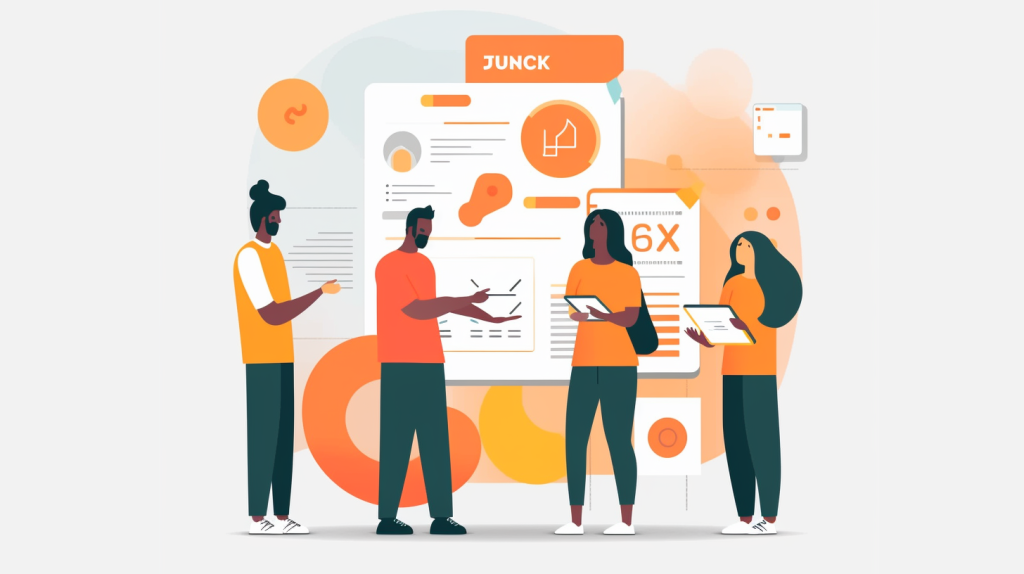
User experience is a crucial aspect of SEO because search engines prioritize sites that provide users with a positive experience. When users encounter broken links on your site, it creates frustration and annoyance which ultimately leads to higher bounce rates – the percentage of visitors who leave your site after only viewing one page. High bounce rates are typically considered negative signals by search engines because they indicate low-quality content or poor user experience.
A site filled with broken links not only affects bounce rates, but it also damages user trust in your brand. Users are unlikely to return to your site in the future if they feel their time was wasted with irrelevant or outdated information. This lack of trust can prevent users from engaging with other parts of your website or sharing your content on social media platforms.
Let’s say you run an e-commerce site selling shoes. A potential customer lands on one of your product pages to find out more about a particular pair of shoes. However, when they click on the “buy now” button, they’re met with an error message telling them the link is broken. That customer is now less likely to buy anything from your store since their first impression was negative, creating negative impacts on both conversions and SEO.
Some may argue that users will simply use the back button and continue browsing your site after encountering a broken link. However, statistics show that high bounce rates have a direct correlation to low rankings in search engines. This means that even if users navigate elsewhere on your site, the damage has already been done to your ranking potential.
The bottom line is that broken links can have negative impacts on both user experience and SEO. In the following section, we’ll discuss how you can detect and fix broken links on your website to ensure best practices are followed.
Outdated Content and SEO Rankings
Outdated content is one of the most significant issues related to broken links when it comes to SEO rankings. When a user clicks on a link and ends up on a page that offers no relevant information regarding their search, they will likely become frustrated and leave the website quickly. This high bounce rate signals to Google that the website is offering inadequate information to its users, adversely affecting its ranking in search engine result pages (SERPs). Moreover, outdated content that contains broken links confuses search engines as well since they rely heavily on reliable information.
To understand how damaging outdated content can be for your website’s SERP ranking, consider a user searching for “Best Android Smartphones.” The top-ranking website provides excellent content with many external and internal links. However, gradually some of those links become obsolete due to various reasons such as the business running out of stock on certain models or discontinuing production altogether.
As time passes, more and more links on the page become broken, leading to a high bounce rate. As other websites update their content with new products or features, this site slowly starts falling down the SERP rankings. This situation occurs because Google perceives the page as outdated and irrelevant.
However, some may argue that updating all links on a website requires excessive effort without providing much return on investment. They may argue that instead of fixing all the links, it’s better to delete old posts completely and create new ones from scratch. While this argument may have some validity, it often neglects the fact that users tend to look at the full scope of a website before committing time and resources to get acquainted with it.
In many ways, navigating an outdated website is like walking down an overgrown garden path – you might stumble upon beautiful treasures hidden deep inside during your walk but chances are you will get lost and give up before it’s over.
The bottom line is that outdated content on your website is a burden to its ranking in SERPs, so it is essential to promptly remove or update any broken links as it impedes a user’s experience and signals to search engines that the website lacks updated and relevant content.
Detecting and Fixing Broken Links
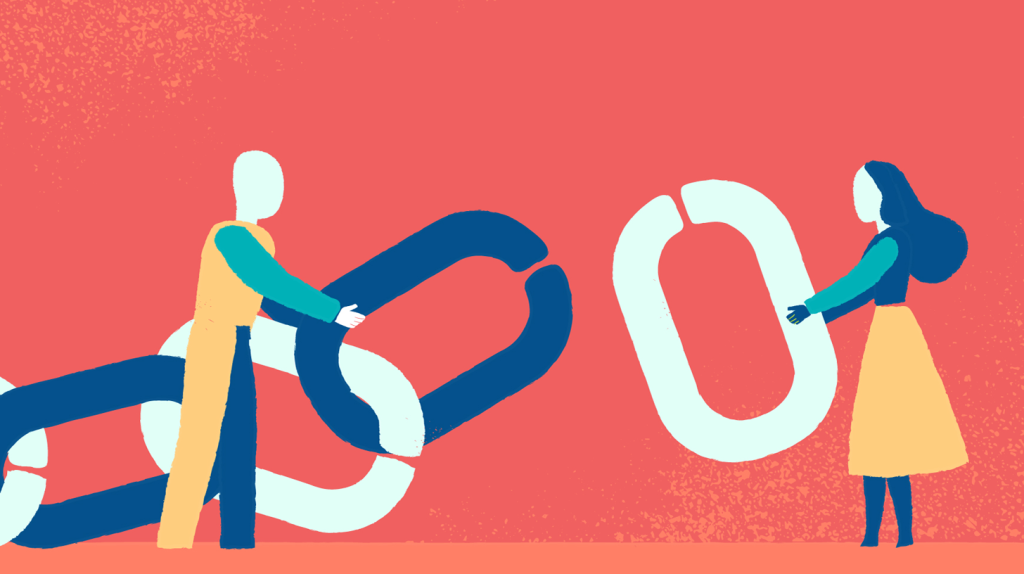
Identifying all broken links across a website can seem like an insurmountable task. For websites with dozens of pages, doing so manually would require significant operational resources. However, thorough detection of weak spots in your website by identifying faulty external and internal links is crucial for maintaining SERP rankings.
An excellent way to think about fixing broken links is as if they were leaks in a house. If you only address visible leaks while not addressing underlying issues, more leaks will surface with time – keeping an eye out for these underlying issues and fixing them early on is key.
Automated tools such as Ahrefs, Screaming Frog, and Google Search Console can identify all broken internal and external links on your website effectively. Once detected, you can fix these broken links by updating the URL so that the link corresponds to active content or deleting the obsolete content altogether.
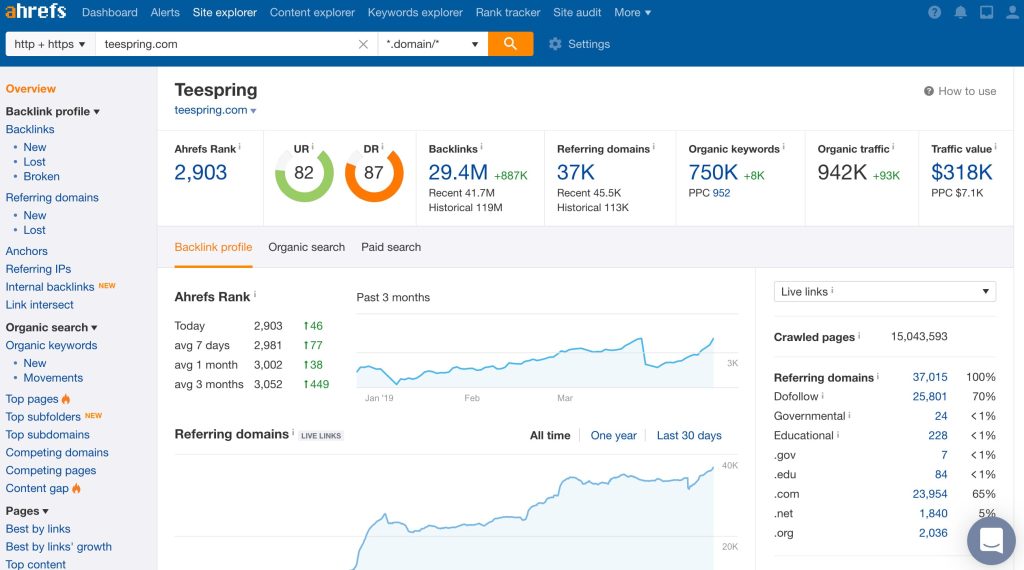
Suppose that a blog post from 2018 contained several backlinks pointing to an unsupportive or non-existent resource. This example highlights how you need to find a reliable alternative link that adds value to your website or delete references if there isn’t any valuable topic pertaining to it anymore.
Some might argue that you should only focus on fixing external broken links since those usually have more considerable SEO value than internal ones. However, overlooking internal links may result in an impoverished user experience with unintended consequences for future SEO rankings.
Ultimately, detecting and fixing all broken links may seem like a daunting task, but automated tools and prompt action can prevent these links from affecting the user experience and significantly harming your website’s ranking in search engine result pages.
- According to a survey by SEMrush, 65% of websites that have broken external links have been negatively impacted in terms of traffic and rankings.
- In the same SEMrush survey, it was revealed that 56% of websites fixed their broken links within seven days, 7% within a month, and 8% within six months. The remaining 29% either didn’t fix the broken links or did so after more than six months.
- Research conducted by Ahrefs found that over 90% of web pages with broken backlinks don’t receive organic traffic from Google, indicating a compromised SEO performance due to the presence of broken links.
Tools and Techniques
Detecting and fixing broken links is an important aspect of maintaining a strong online presence. Fortunately, there are many tools and techniques available to help identify and resolve broken link issues.
One of the most common tools for detecting broken links is Google Search Console. This free tool offered by Google can help website owners track the status of their pages on Google Search. It provides information about any crawl errors, including broken links, that it encounters while indexing the site. Once you have identified the broken links, addressing them can be done in a number of ways.
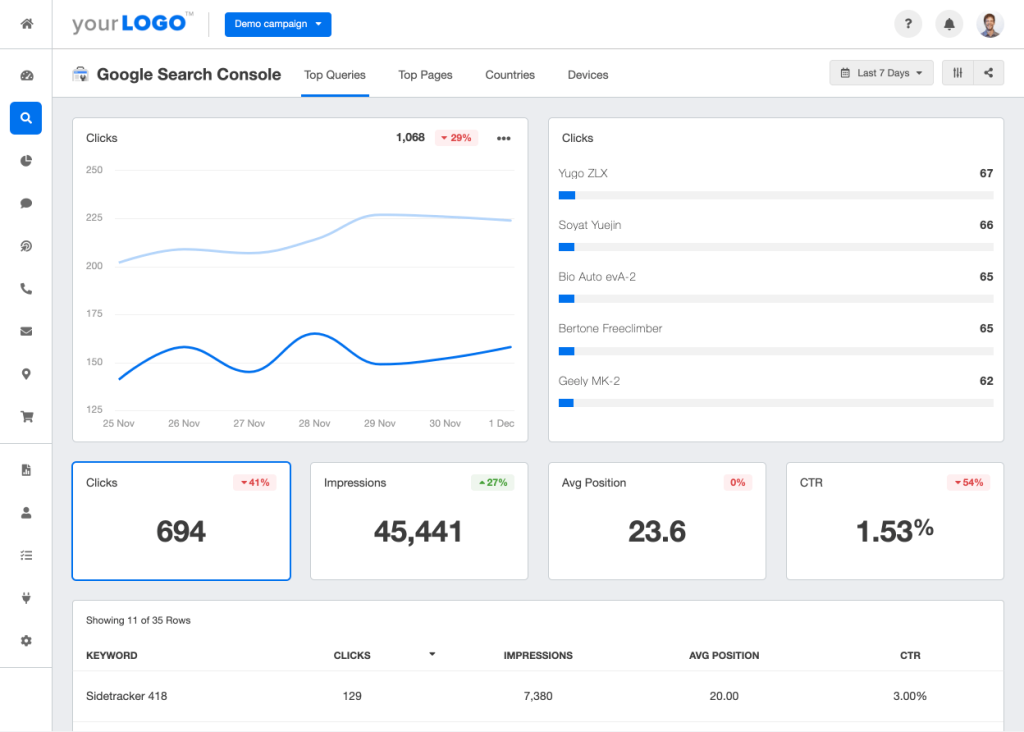
One popular technique is to simply remove or update the broken links. If the link is pointing to content that no longer exists or that has been moved, updating the link to point to relevant content can quickly fix the issue. Similarly, removing irrelevant or outdated content altogether is another effective tactic for cleaning up your website’s linking structure.
If updating or removing the links is not an option, redirecting them to working pages is also an effective strategy. This involves setting up a 301 redirect from the old URL to a new and relevant one where possible. Redirects essentially tell search engines that content has moved permanently from one location to another, ensuring that users are directed to relevant content and helping preserve link equity.
It is important to keep in mind that these fixes must be implemented correctly. Improper redirects can actually hurt SEO by leading to soft 404 errors which can negatively impact rankings in search engines like Google . Additionally, resolving all instances of broken links may be difficult as some external links may no longer work due to website changes happening on other domains.
Preventing Future Broken Links
While identifying and addressing broken links on your site is important, preventing them from occurring in the first place should also be a top priority.
A good starting point for prevention is conducting regular site audits to check for any issues like broken links or missing pages. There are several tools available that can automate this process, such as Ahrefs and Screaming Frog. Site owners can also leverage the power of web crawlers to monitor website content and automatically detect broken links in real-time.
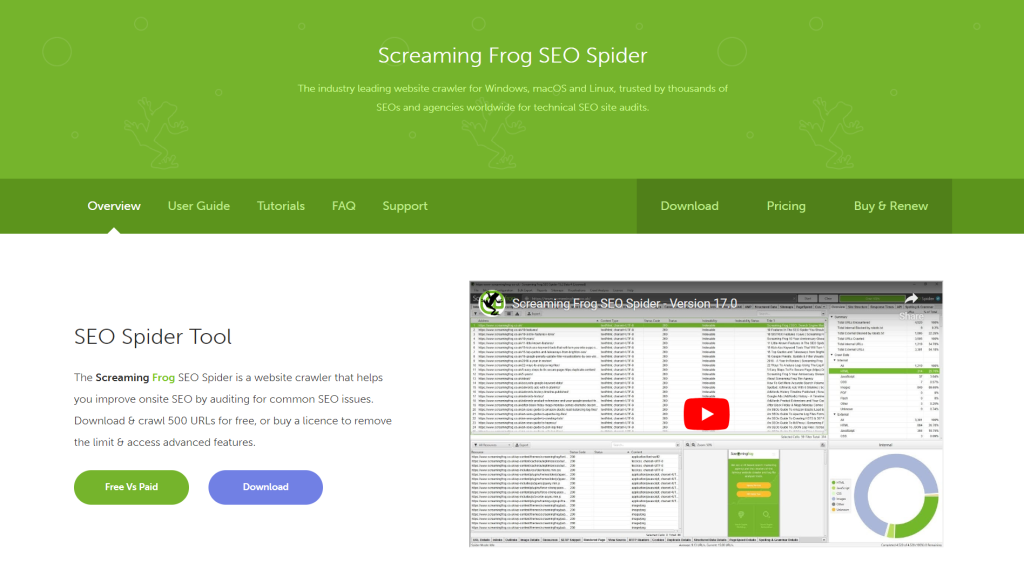
Another effective method for preventing future broken links is by implementing a solid content management system (CMS). A CMS with intelligent link management capabilities can help identify and correct broken links before they cause trouble on your site. This will also help keep the website organized and structured, making it easier for users to navigate and find relevant content.
Linking internally within your own content can also be an effective preventative measure. By linking from one page of your website to another, you are encouraging users to explore more of your site while simultaneously strengthening your internal linking structure. This can improve user experience, keep visitors on your website for longer periods of time, and ultimately increase the chances of higher search engine rankings.
The Role of Quality References in SEO
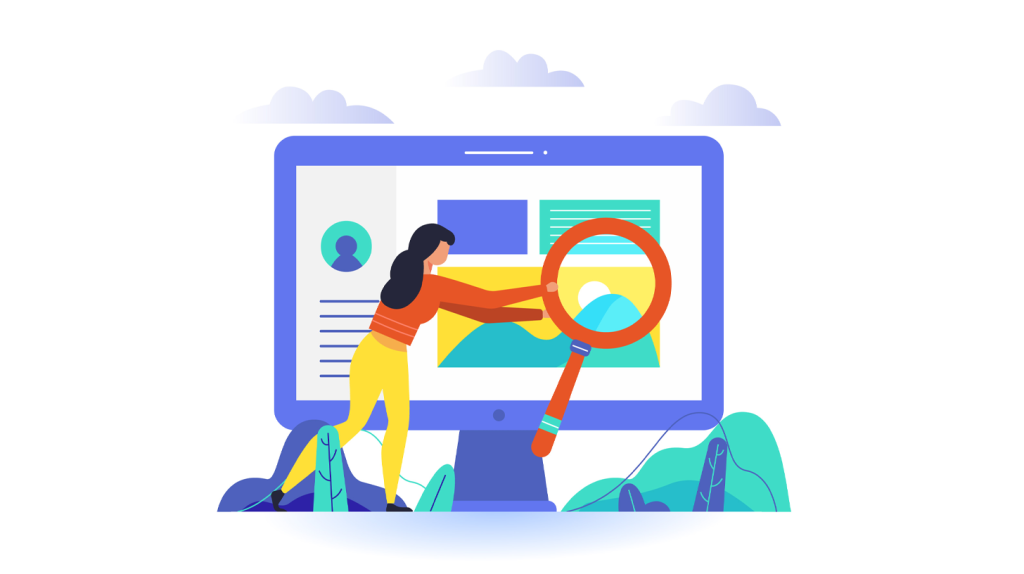
When it comes to building a strong online presence and improving your website’s SEO, quality references play a critical role. In fact, high-quality backlinks are one of the most important factors that search engines use to determine a website’s authority and relevance. But what exactly are quality references and how can you ensure that your site is getting the right kind of links?
To illustrate the importance of quality references, let’s take a look at two hypothetical websites – Website A and Website B. Website A has a large number of backlinks pointing to it, but many of these links come from low-quality sources such as spammy directories or link farms. Website B, on the other hand, has fewer overall backlinks but they are all from reputable sites with relevant content. When it comes to ranking higher in search engine results pages (SERPs), it is likely that Website B will outrank Website A due to the quality of its references.
Quality references are not only important for improving your rankings in the SERPs, but they also help to establish trust among users. When a user clicks on a link and arrives at your website, they want to feel confident that they are going to find valuable information or services. If your site is linked from a spammy or irrelevant source, this can negatively impact their perception of your brand and credibility.
That being said, not all links are created equal. While some may argue that any link is better than no link at all, this is not always the case. As mentioned earlier, links from low-quality sources can harm your SEO efforts rather than help them. In some cases, having too many questionable links pointing to your site can even lead to penalties from search engines. This is why it is important to focus on acquiring high-quality backlinks from reputable sources with relevant content.
Think of quality references as recommendations from respected professionals in your industry. Just as you would prioritize the opinion of a well-respected expert over that of a random stranger on the street, search engines give more weight to backlinks from established and authoritative sources.
Building Strong and Relevant Links
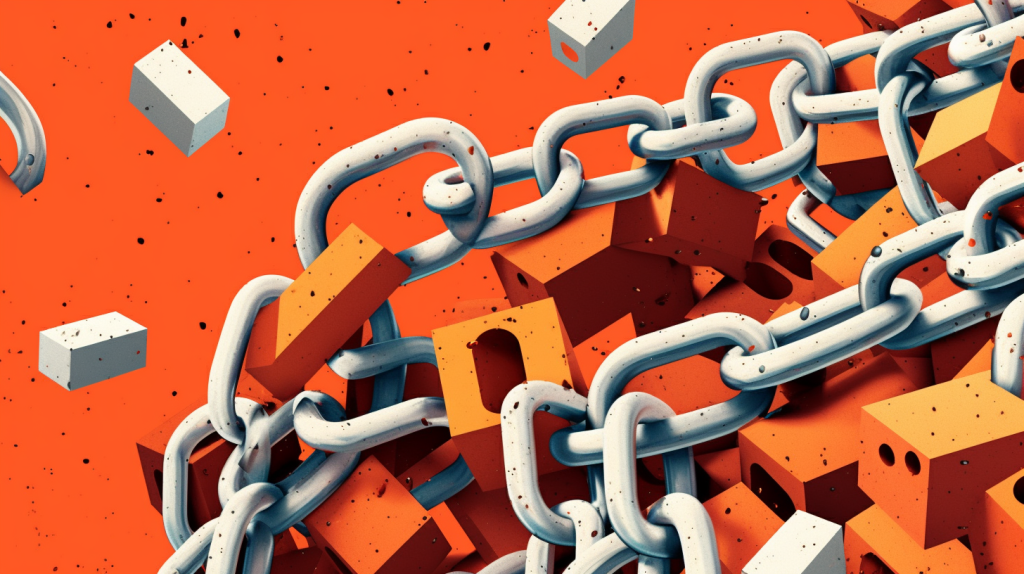
So how can you go about acquiring quality references for your website? One effective method is to focus on building strong and relevant links. This means seeking out opportunities to connect with other websites that share your audience or niche, and providing them with valuable content or resources that they can link to.
Let’s say you run an online clothing store that specializes in sustainable fashion. You might reach out to bloggers, journalists, or influencers who cover eco-friendly fashion topics and offer to provide them with insightful articles, infographics, or other resources related to sustainable fashion. By doing so, you not only establish your credibility as an authority on the topic but also increase your chances of obtaining high-quality backlinks from reputable sources.
Another way to build strong and relevant links is by leveraging social media channels such as LinkedIn, Twitter, and Facebook. By actively engaging with other professionals in your industry and sharing valuable content with your followers, you increase the visibility of your brand and create opportunities for others to link back to your site.
It is worth noting that building strong and relevant links takes time and effort. While there are certainly quick-fix strategies out there promising overnight results, these typically involve shady tactics that can do more harm than good in the long run. Rather than resorting to black hat SEO techniques such as buying links or spamming comment sections with irrelevant links, it is best to focus on creating high-quality content that naturally attracts inbound links from respected sources.
Think of building strong and relevant links as building a network of connections in your industry. Just as you would approach networking with authenticity, building high-quality links requires a genuine interest in connecting with others and providing value to those within your niche.
Frequently Asked Questions and Their Answers
Can broken internal links harm SEO as well as external ones?
Yes, broken internal links can harm SEO just as much as external ones. When users encounter an internal 404 error page, it can be frustrating and negatively impact their experience on your website. This could lead to a higher bounce rate, lower time spent on site, and decreased engagement with your content. These factors can ultimately impact your search engine rankings.
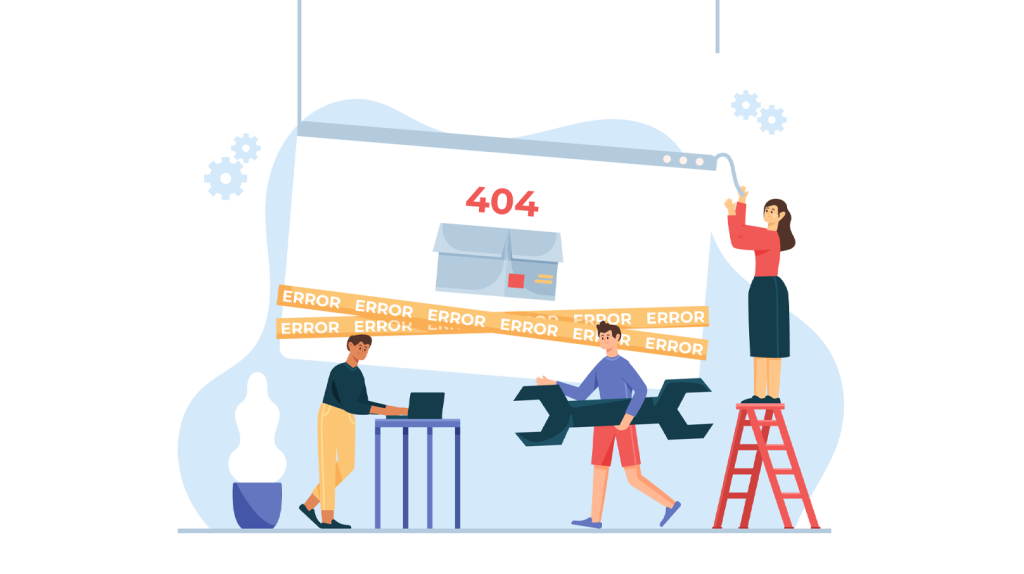
Additionally, broken internal links can disrupt the flow of link equity within your website. Link equity refers to the value that is passed between pages through internal linking. Broken internal links prevent this value from properly flowing between pages, which can ultimately hurt your SEO efforts.
According to a study by SEMrush, over 40% of websites have broken internal links. It’s important to regularly conduct website audits and address any broken links promptly to improve user experience and maintain search engine rankings.
How are broken links identified and fixed for SEO purposes?
Broken links are identified through crawling or manual checking of a website’s pages. Various SEO tools like Google Search Console, Ahrefs, and SEMrush can also help identify broken links automatically.
Once identified, broken links can be fixed by updating the target URL to a working one or by removing the link altogether. This not only enhances user experience but also positively impacts SEO by reducing bounce rates and improving crawlability.
According to research conducted by Moz.com, broken links have a direct negative impact on a website’s SEO performance. It results in a loss of link equity and can lead to penalties from search engine crawlers.
Therefore, it is essential for webmasters to regularly check their websites for broken links and fix them promptly. By doing so, they can improve their website’s ranking on search engines and achieve better online visibility.
Can having too few or too many outbound links negatively impact SEO?
Yes, having too few or too many outbound links can negatively impact SEO. Outbound links are a crucial aspect of SEO and site ranking as they help search engines understand the relevance and authority of your content. Too few outbound links can limit the credibility and usefulness of your content, while too many can dilute the focus and overwhelm the reader.
According to a study conducted by Moz, web pages with between 100-200 outbound links had the highest rankings on Google, indicating that having an optimal number of outbound links can positively impact your SEO. On the other hand, Google’s guidelines state that sites with excessive outbound links may be seen as link schemes.
Therefore, it’s crucial to strike a balance and ensure that your outbound links are relevant, authoritative, and add value to your content. A quality linking strategy can have a positive impact on SEO and increase website traffic.
Are there any tools available to help identify and fix broken links on a website?
Absolutely! There are several tools available that can help identify and fix broken links on a website. Some popular options include Google Search Console, Ahrefs, SEMrush, and Screaming Frog.
Google Search Console is a free tool provided by Google that allows you to monitor your website’s performance in search results. It also has a feature that identifies and reports any broken links on your site.
Ahrefs and SEMrush are more robust SEO tools that offer a variety of features beyond identifying broken links. However, both platforms have the ability to scan a website for broken links and provide detailed reports on which pages contain those links.
Finally, Screaming Frog is a web crawler that analyzes your website for technical SEO issues, including broken links. It provides a comprehensive report on all the broken links found on the site, making it easy to fix them quickly.
Not only do these tools make it easier to identify and fix broken links, but doing so can have a significant impact on your website’s SEO performance. according to recent studies from Semrush, websites with fewer broken links tend to rank higher in search engine results pages. So investing time into fixing broken links can lead to increased visibility and organic traffic for your website.
What are the different types of broken links that can negatively impact SEO?
There are three main types of broken links that can negatively impact SEO: internal broken links, external broken links, and orphaned pages.
Internal broken links occur when a link within your website leads to a dead end or incorrect page. Having too many internal broken links can lower the user experience and lead to a decrease in trust from search engines. According to a study by Moz, internal linking can improve website ranking by up to 40%.
External broken links occur when a link on your website leads to a page that no longer exists or has been moved. This can harm the credibility of your website and prevent search engines from properly indexing your content. A study by SEMrush found that websites with fewer than 100 external backlinks have a higher chance of having broken outbound links.
Orphaned pages are website pages that no longer have any internal or external links leading to them, making them difficult for search engines to find and index. This can result in these pages being removed from search engine results entirely.
To avoid negative impacts on SEO, regularly check for and fix internal and external broken links using tools like Google Search Console and Broken Link Checker. Additionally, ensure all important pages have proper internal and external linking to prevent orphaned pages.
Aside from fixing broken links, having high-quality content is crucial as well to improve website ranking and visibility. That’s where On-Page.ai excels. With advanced features like stealth writing, rewriting, and auto-optimization, On-Page can accelerate your SEO and content game! Try it today.




